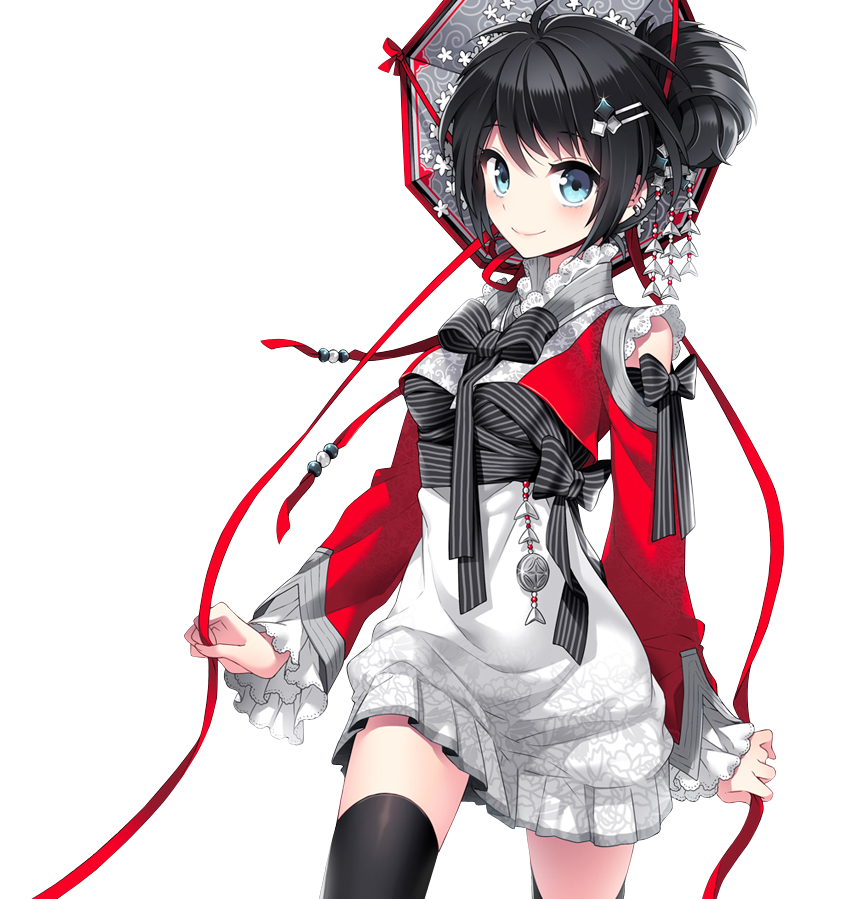
This image has format transparent PNG with resolution 850x899.
You can download this image in best resolution from this page and use it for design and web design.
Anime girl PNG with transparent background you can download for free, just click on download button.
Anime sometimes called Japanimation, is hand-drawn and computer animation originating from Japan. The term anime is derived from the English word animation, and in Japan is used to refer to all forms of animated media. Outside Japan, the term refers specifically to animation from Japan or to a Japanese-disseminated animation style often characterized by colorful graphics, vibrant characters and fantastical themes. This culturally abstract approach to the word's meaning may open the possibility of anime produced in countries other than Japan.
The earliest commercial Japanese animation dates to 1917. A characteristic art style emerged in the 1960s with the works of Osamu Tezuka and spread in the second half of the 20th century, developing a large domestic and international audience. Anime can be distributed theatrically, by way of television broadcasts, directly to home media, and over the Internet. In addition to completely original works, anime are often adaptations of Japanese comics (known as manga), light novels, or video games.
Production methods and techniques related to anime have adapted over time in response to emergent technologies. As a multimedia art form, it combines graphic art, characterization, cinematography, and other creative techniques. Anime production typically focuses less on the animation of movement and more on the realism of settings as well as the use of camera effects, including panning, zooming, and angle shots. Diverse art styles are used, and character proportions and features can be quite varied, including characteristically large or realistically sized emotive eyes. Anime is classified into numerous genres targeting both broad and niche audiences.
The anime industry consists of over 430 production studios, with major names including Studio Ghibli, Gainax, and Toei Animation. Despite comprising only a fraction of Japan's domestic film market, anime makes up a majority of Japanese DVD and Blu-ray sales. It has also seen international success with the rise of English-dubbed and subbed programming. As of 2016, Japanese anime accounted for 60% of the world's animated television shows.
Anime is an art form, specifically animation, that includes all genres found in cinema, but it can be mistakenly classified as a genre. In Japanese, the term anime is used as a blanket term to refer to all forms of animation from around the world. In English, anime is more restrictively used to denote a "Japanese-style animated film or television entertainment" or as "a style of animation created in Japan".
The first format of anime was theatrical viewing which originally began with commercial productions in 1917. Originally the animated flips were crude and required played musical components before adding sound and vocal components to the production. On July 14, 1958, Nippon Television aired Mogura no Abanchūru ("Mole's Adventure"), both the first televised and first color anime to debut. It was not until the 1960s when the first televised series were broadcast and it has remained a popular medium since. Works released in a direct to video format are called "original video animation" (OVA) or "original animation video" (OAV); and are typically not released theatrically or televised prior to home media release. The emergence of the Internet has led some animators to distribute works online in a format called "original net anime" (ONA).
The home distribution of anime releases were popularized in the 1980s with the VHS and LaserDisc formats. The VHS NTSC video format used in both Japan and the United States is credited as aiding the rising popularity of anime in the 1990s. The LaserDisc and VHS formats were transcended by the DVD format which offered the unique advantages; including multiple subtitling and dubbing tracks on the same disc. The DVD format also has its drawbacks in its usage of region coding; adopted by the industry to solve licensing, piracy and export problems and restricted region indicated on the DVD player. The Video CD (VCD) format was popular in Hong Kong and Taiwan, but became only a minor format in the United States that was closely associated with bootleg copies.
Anime clubs gave rise to anime conventions in the 1990s with the "anime boom", a period marked by increased popularity of anime. These conventions are dedicated to anime and manga and include elements like cosplay contests and industry talk panels. Cosplay, a portmanteau for "costume play", is not unique to anime and has become popular in contests and masquerades at anime conventions. Japanese culture and words have entered English usage through the popularity of the medium, including otaku, an unflattering Japanese term commonly used in English to denote a fan of anime and manga. Another word that has arisen describing fans in the United States is wapanese meaning White individuals who desire to be Japanese, or later known as weeaboo for individuals who demonstrate a strong interest in Japanese anime subculture, which is a term that originated from abusive content posted on the popular bulletin board website 4chan.org. Anime enthusiasts have produced fan fiction and fan art, including computer wallpapers and anime music videos.
In this page you can download free PNG images: Anime girl PNG images free download